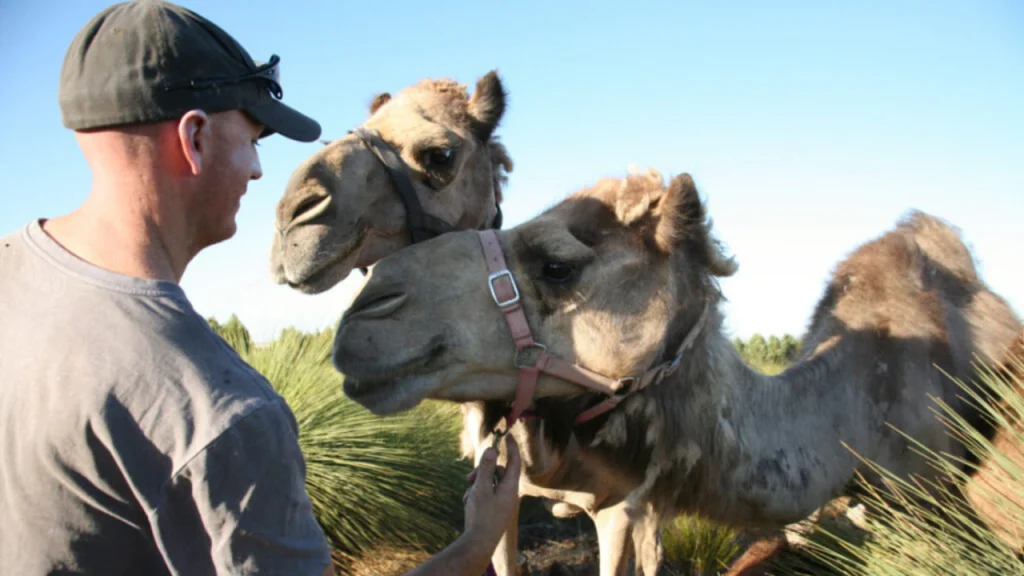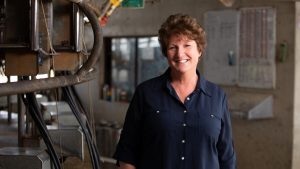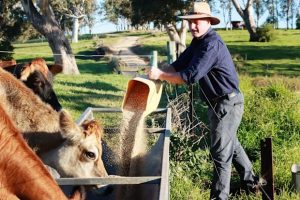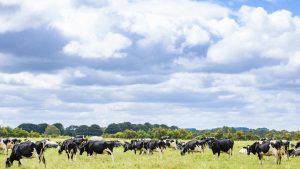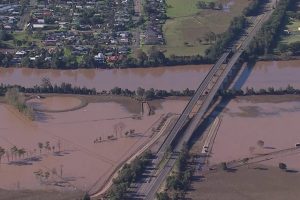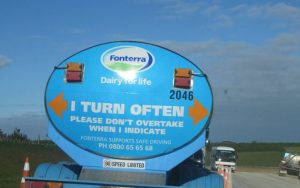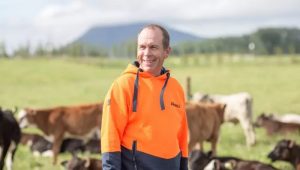
With a planned ASX listing in 2024, Western Australian-based Good Earth Dairy aims to bring down the price of camel milk – heralded as a superfood – to make it a viable alternative to cow milk and disrupt the lucrative infant formula sector.
Good Earth Dairy has secured an $4.4 million WA government grant for its proposed infant formula manufacturing facility with a capacity of more than 21 million litres a year to produce fresh products and infant formula.
Managing director Marcel Steingiesser says the company is looking at listing on the ASX next year when market conditions become “more conducive” to help fund the project.
In the meantime, Good Earth Dairy is doing a $2.5 million capital raise with OnMarket to also build an interim 3.65 million litres per annum manufacturing facility.
“We’ve already developed a variety of products and are doing a bridge raise with OnMarket to provide the capital for an interim manufacturing facility to launch a variety of new products nationally and overseas,” Steingiesser says.
“It will come with a cow-like flavour but with an important point of difference thanks to camel milk having unique milk chemistry.
“And unlike what camel milk is selling for around the nation today, we will have an appropriate price point which will have a larger impact on our competitors.
“Once we complete our IPO next year, we plan on getting started with the larger infant formula facility.”
Overlooked and undervalued asset
The Good Earth Dairy journey started when co-founders the late Henry Steingiesser, Marcel Steingiesser and Stephen Geppert identified Australian camel milk as an overlooked and undervalued asset in Australia.
While camels are not native to Australia, presently the country boasts the world’s largest population of them in the wild, thriving in isolation and constituting the healthiest herd globally.
In 2015, Good Earth Dairy, WA’s first commercial camel milk dairy, launched its operations with the original pilot dairy situated on about 800ha of land in Dandaragan, a two-hour drive north of Perth.
Steingiesser says all milk generated from the pilot dairy consistently sells out through more than 50 stockists across WA without any marketing.
The company works with camel providers in the state and completes quality and health checks with its vets to source good, healthy livestock for milk production.
“We have a good base of feral camels in Western Australia with the right arid climate and the ag eco system of the state that enables us to provide feed, water and power to our operations,” Steingiesser says.
Reducing price of ‘super food’
Good Earth Dairy has invested more than seven years and $9 million in pioneering its exclusive technologies and is looking to bring down the price of camel milk and be a leader in what it sees as a future popular commodity.
“Our intention is to bring the price down of camel milk to less than $1 per litre and become a disrupter to the dairy industry with an alternative that is actually dairy and not plant water,” Steingiesser says.
Currently, camel milk is sold at an average $18 a litre throughout Australia with 300g tins of powder selling for more than $100 in China.
Steingiesser says camel milk has been heralded as a superfood. He says it is arguably the easiest milk to digest due to its unique proteins, putting it in a prime position to disrupt the $1480 billion global dairy market sector.
“The biggest reason people don’t drink dairy is that they are allergic to it,” Steingiesser says.
He says the most common cause of the allergen is within the whey protein.
“It is in every single animal milk product we know of except for camel milk,” Steingiesser says.
Well suited to disrupt multibillion-dollar industries
One out of every 10 infants experience allergies, and Steingiesser says that, in Australia, cow milk stands as the second most prevalent food allergen.
Steingiesser says his company is positioned to make a substantial impact in the global infant formula industry, which is projected to hit $103 billion by 2028, as well as in the $15 billion alternative dairy market.
He says the goat milk industry, forecasted to reach $15 billion by 2024, appeals to consumers due to its purported ease of digestion owing to lower casein levels compared to cow milk.
“Camel milk not only contains lower levels of casein than goat milk but also lacks the key allergen present in goat milk,” he says.
Moreover, camel milk’s casein does not hard coagulate in the gastrointestinal tract.
